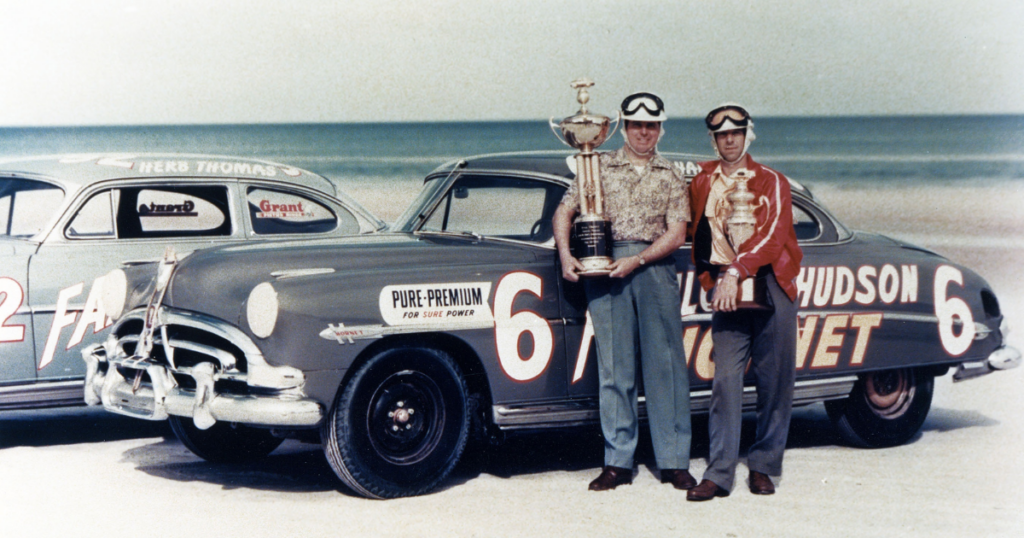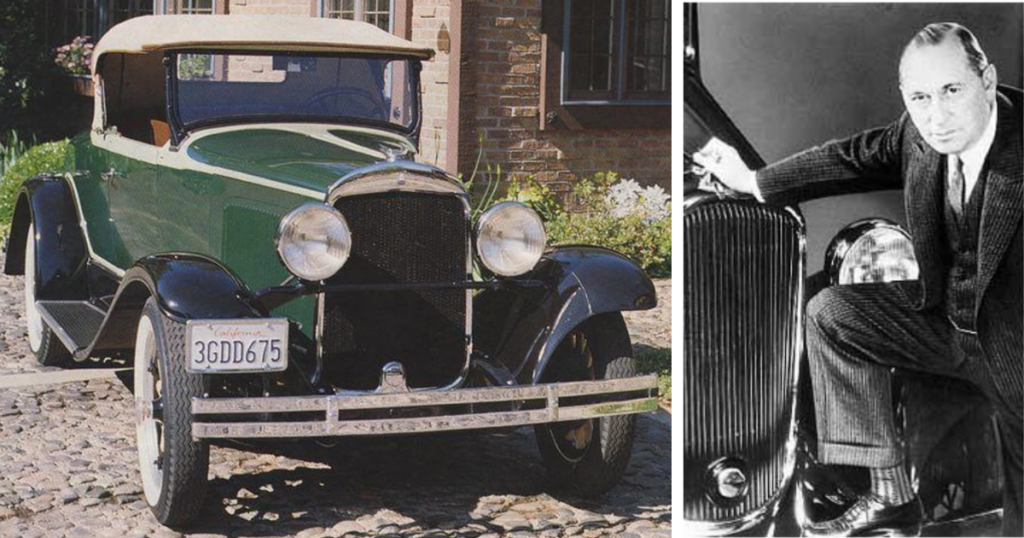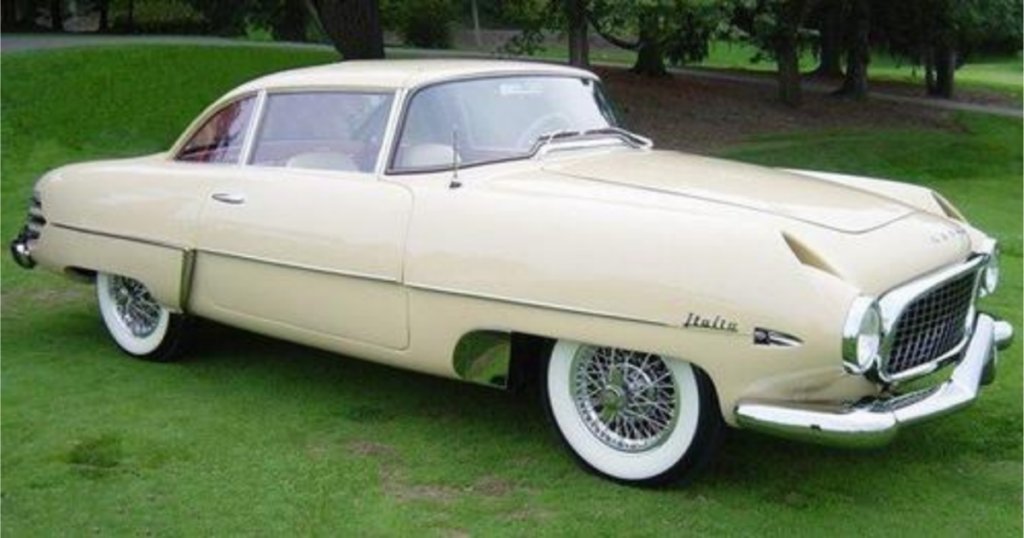
When Nash and Hudson merged in 1954 to form American Motors, the Hudson brand faced a brief reprieve before the assembly lines shifted to the Nash facility in Kenosha, Wisconsin. The final generation of Hudson cars, produced from 1955 to 1957, shared their platform with the Nash Statesman and Ambassador, leading to their colloquial nickname, the “Hash.” Despite lacking the distinctiveness of the earlier Step-Down Hudsons, this final series was a solidly constructed vehicle with admirable road qualities.

The 1957 lineup, introduced on October 25, 1956, underwent a modest facelift compared to the 1956 model, featuring minor styling and trim adjustments. As AMC phased out the Hudson brand, only one model persisted: the 121.25-inch wheelbase Hornet, sharing its body structure with the Nash Ambassador. The Hornet showcased unit construction with coil springs on all four corners, and external changes were minimal, with a two-inch reduction in overall height and the adoption of 14-inch wheels.
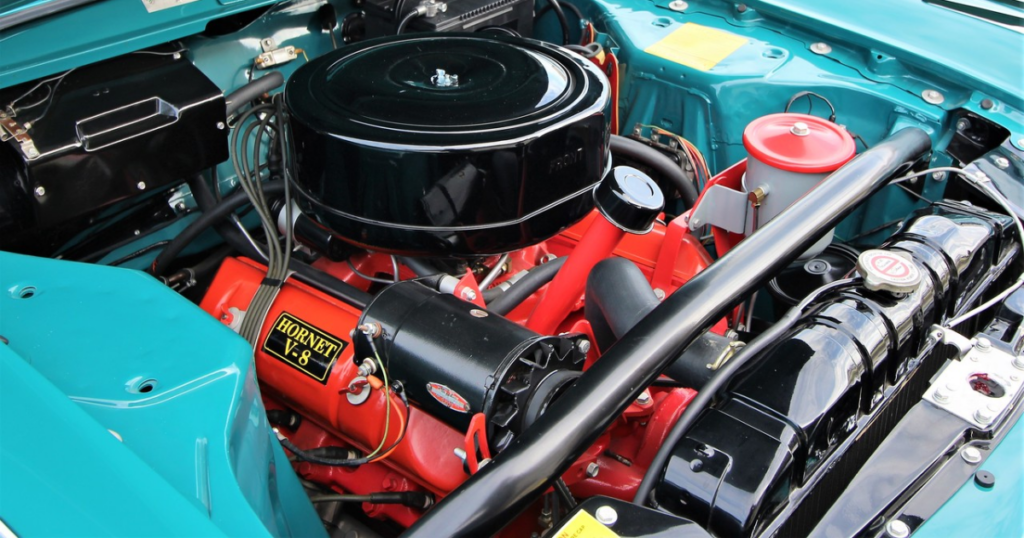
Under the hood, a significant mechanical upgrade featured the standard 327 CID version of the new AMC V8 engine, delivering 255 hp through a Carter four-barrel carburetor and dual exhausts. The Flash-Away Hydra-Matic automatic transmission from General Motors was available as an option, along with the advanced Nash/American Motors All-Weather air-conditioning system.
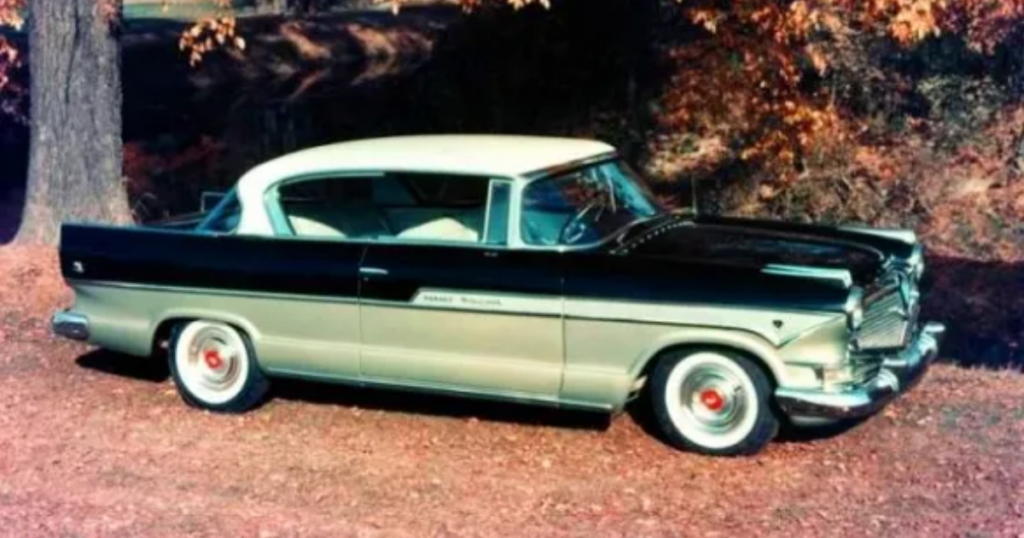
The 1957 lineup included a four-door sedan and the Hollywood two-door pillarless hardtop, available in two trim levels: the base Super and the deluxe Custom. Visual variety was achieved through 32 paint schemes, including single, two-tone, and three-tone combinations. Priced in the $2,800-$3,200 range, the Hudson targeted buyers in the Oldsmobile–Pontiac range who sought a distinctive option.
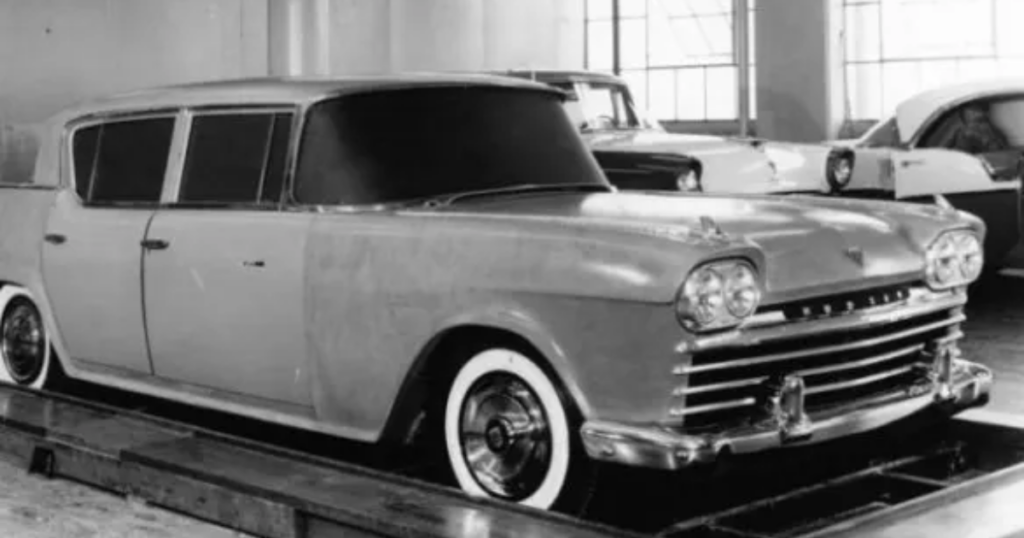
As AMC prioritized the compact Rambler line, Hudson sales declined sharply, from nearly 56,000 in 1955 to around 4,100 in 1957. The Rambler brand, on the other hand, saw increasing success, with over 91,000 cars sold in 1957. American Motors CEO George Romney’s strategy paid off, securing the company’s future but marking the end of Hudson. The last Hornet rolled off the Kenosha production line on June 25, 1957.

Before the final discontinuation, AMC made tentative efforts to continue the Hudson brand. Several clay proposals were explored, based on a stretched version of the Rambler body shell. Although the 1958 Hudson never materialized, some of its styling details influenced the 1958 Rambler Ambassador.

This transitional period marked the end of an era for Hudson, but the brand’s legacy and unique design history live through the automotive records.
